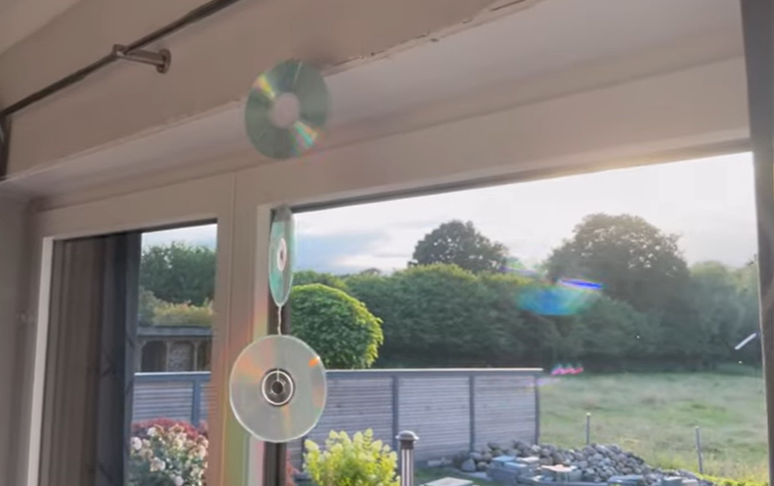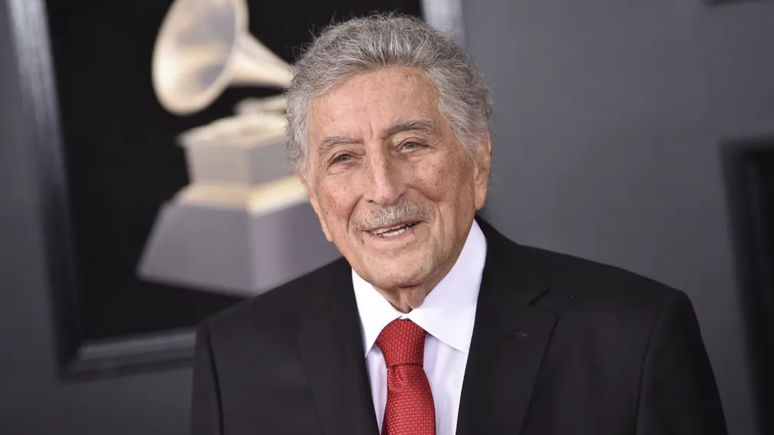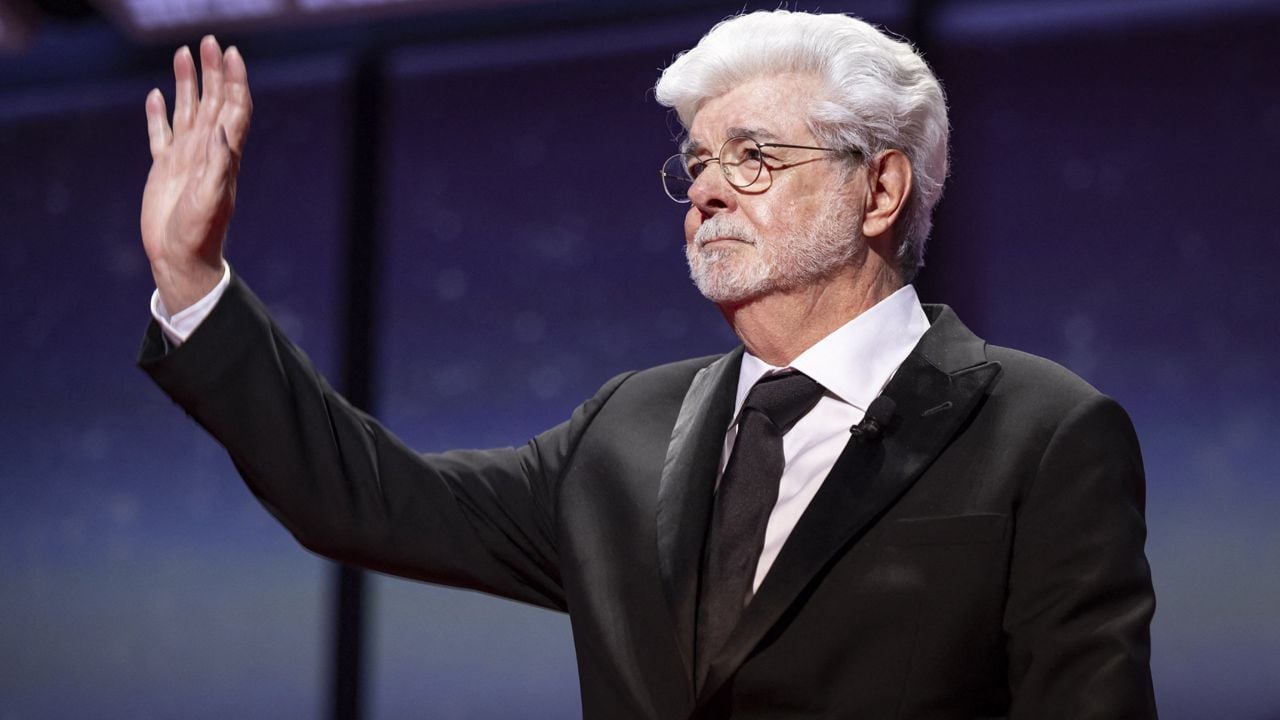Fear of dying and feeling helpless at not being able to save her patients made her give up working on indigenous land after 11 months
When Carla Cristina Ferreira Rodrigues found out, in 2021, that she had been approved in the program selection process More doctors work in local health facilities YanomamiI thought I was prepared for all the logistical and professional challenges I would face.
A 2016 graduate, the 34-year-old doctor decided she would make a career of serving abandoned populations. Spending at least 15 consecutive days a month in the forest, without bed or toilet and with scarce resources to treat patients – conditions that prevent most doctors from working in indigenous territories – was already foreseen by Carla.
“I was prepared for the worst case scenario, which is if I had no place to sleep, no place to eat. I made an ‘office backpack’, with some equipment and survival items,” she told the Stadium.
Until then Carla had worked as a doctor in a clinic in an unpacified favela in Rio, but she also wanted to serve the most vulnerable and isolated populations, “where doctors usually don’t go”, which is why she decided to apply for a vacant position in the Yanomami Indigenous Peoples Special Health District (DSEI-Y).
Also prepared for the hardships, Carla left her job eleven months later and was one of those who lasted the longest in the position. Two other colleagues of hers, who joined on the same date, resigned after three and six months of work, she says.
The fear of dying and the feeling of helplessness at not being able to save her patients made the doctor give up momentarily on what she considered a mission. “I couldn’t sleep when I was there. I was sleeping in the hammock with a machete. In the villages near the mine there was violence from the miners and indigenous people, who were co-opted from the mine. We saw shootings. In one of them, they started shooting at the base pole. We had to hide in the bathroom and call for help,” he said.
Carla’s story shows why in recent years it has become more difficult for doctors to establish themselves in these territories. Historically, few professionals agree to spend 15 days a month in the forest, isolated, away from their families, without decent housing conditions or minimal facilities to take care of patients.
In recent years, however, with the advance of mining and the weakening of indigenous health policies, working conditions have become even more precarious and insecurity has increased in the region.
“When I arrived, there were nine doctors in the Yanomami territory, all exchange students of Mais Médicos who had not revalidated their diplomas and, therefore, could not work outside the program. Most stay there because they have no other job opportunity. colleagues us arrived on the same date had graduated in Brazil. When we arrived at DSEI, we felt that colleagues looked at us strangely, as if they didn’t understand how anyone could want to work there. It was a hostile climate “, tells.
When she started providing assistance inside indigenous land, Carla found a situation of complete shortage. Basic items such as gloves, dipyrone and serum were missing. “The managers always said they would send (the inputs), but we went to the service and they hadn’t sent it. After a while, I started setting aside R$600 from my salary every month to buy and take some medicines and basic necessities,” he says.
Without a team, a medic dragged a patient 1km to a rescue helicopter
The most difficult moments, Carla says, occurred when this scarcity and precariousness led to the death of patients. It was at DSEI Yanomami that she lost her first child patient. “He was a four-month-old with breathing problems. I did what I could, but there was no oxygen, no stretcher, nothing,” she says.
In another episode, the doctor was asked to go to an area further away from the territory to help a wounded native. Yanomami land has about 370 villages, 37 primary health centers and more than 70 indigenous primary health units. Transfers between units are usually done by air and take approximately 30 minutes. The trip to Boa Vista takes about two hours. In the rescue that day, the doctor went alone with the only pilot of the helicopter and, arriving at the scene, he found the patient unconscious, with a serious head wound caused by a machete and bleeding.
“The pilot could not turn off the helicopter otherwise it would have taken hours to turn it back on and be able to take off. There was no one to help me load. I put the patient in a hammock and dragged him a kilometer to the helicopter .Later I found out that the community had already activated the EMS hours ago and they sent me only after a long time.When he arrived in the city it also took a while to get a vacancy in the ICU and I found out later who ended up dying. It was a great anguish to see your patient get sick and die and you couldn’t do anything”, he says.
Difficulty making transfers in hospitals was a frequent problem. “DSEI contracted with air taxi companies and contracted a number of flying hours for the year. When it got to October, these hours usually ran out and we had no predictability. ‘. Sometimes it took days for me to be able to leave indigenous land when our layover was over,” he says.
Carla dreams of returning to help the Yanomami and they hope that, with the actions announced by the federal government in recent weeks, working conditions will improve and the risks for professionals will decrease.
“I hope managers are now doing the job I believe in, that they really care for the indigenous people. The Yanomami are a very different people than what we see on the news. They are a strong people, warriors, with a strong connection to nature and with which I learned many things. It is necessary, first of all, to recover the dignity of the Yanomami.”
Source: Terra
Ben Stock is a lifestyle journalist and author at Gossipify. He writes about topics such as health, wellness, travel, food and home decor. He provides practical advice and inspiration to improve well-being, keeps readers up to date with latest lifestyle news and trends, known for his engaging writing style, in-depth analysis and unique perspectives.






![[Coluna] Does Brazilian protectionism inspire Trump? [Coluna] Does Brazilian protectionism inspire Trump?](https://p2.trrsf.com/image/fget/cf/774/0/images.terra.com/2025/10/16/2008907400-74231636354.jpg)

